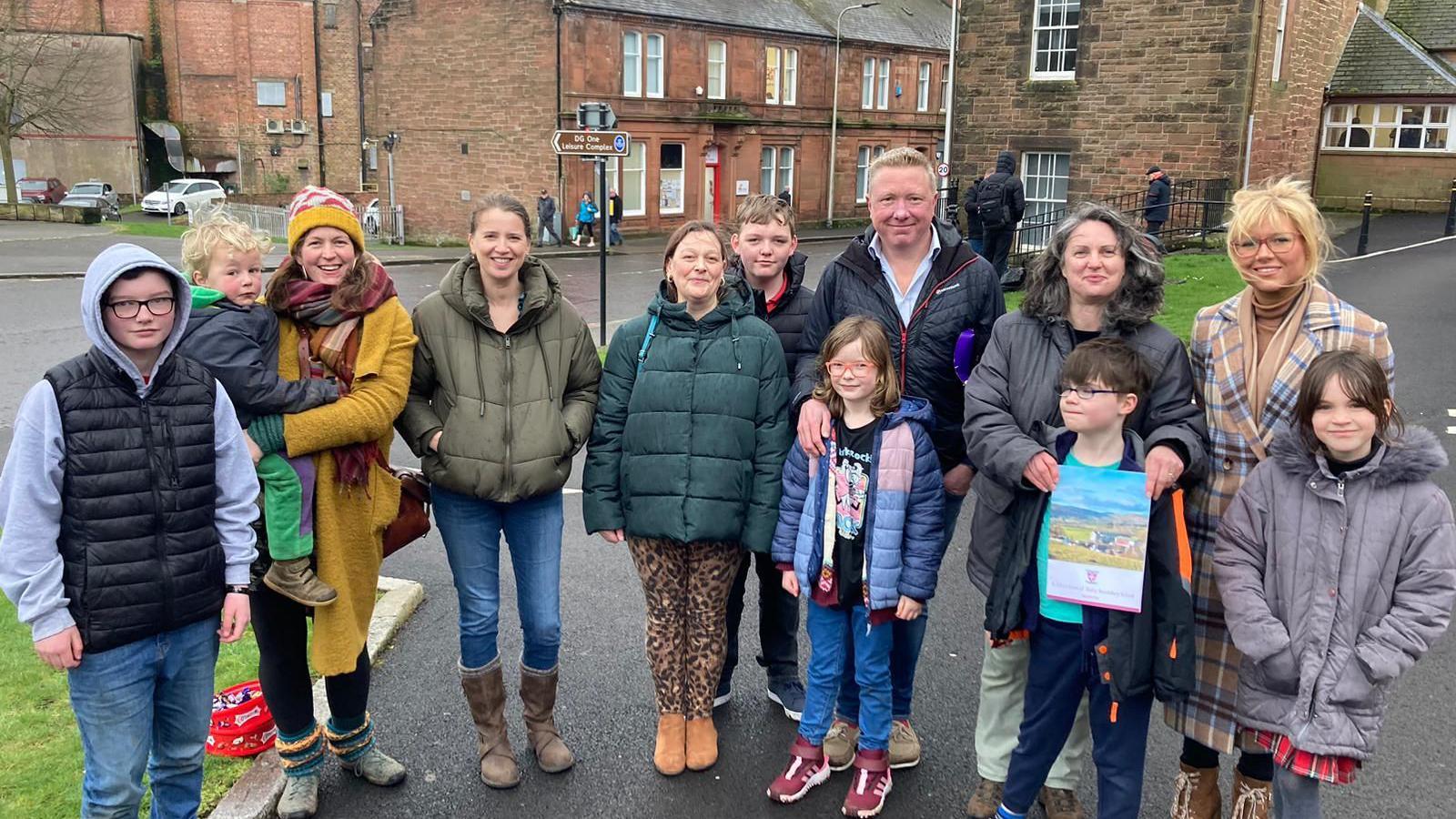What will become of Scotland's smallest secondary?
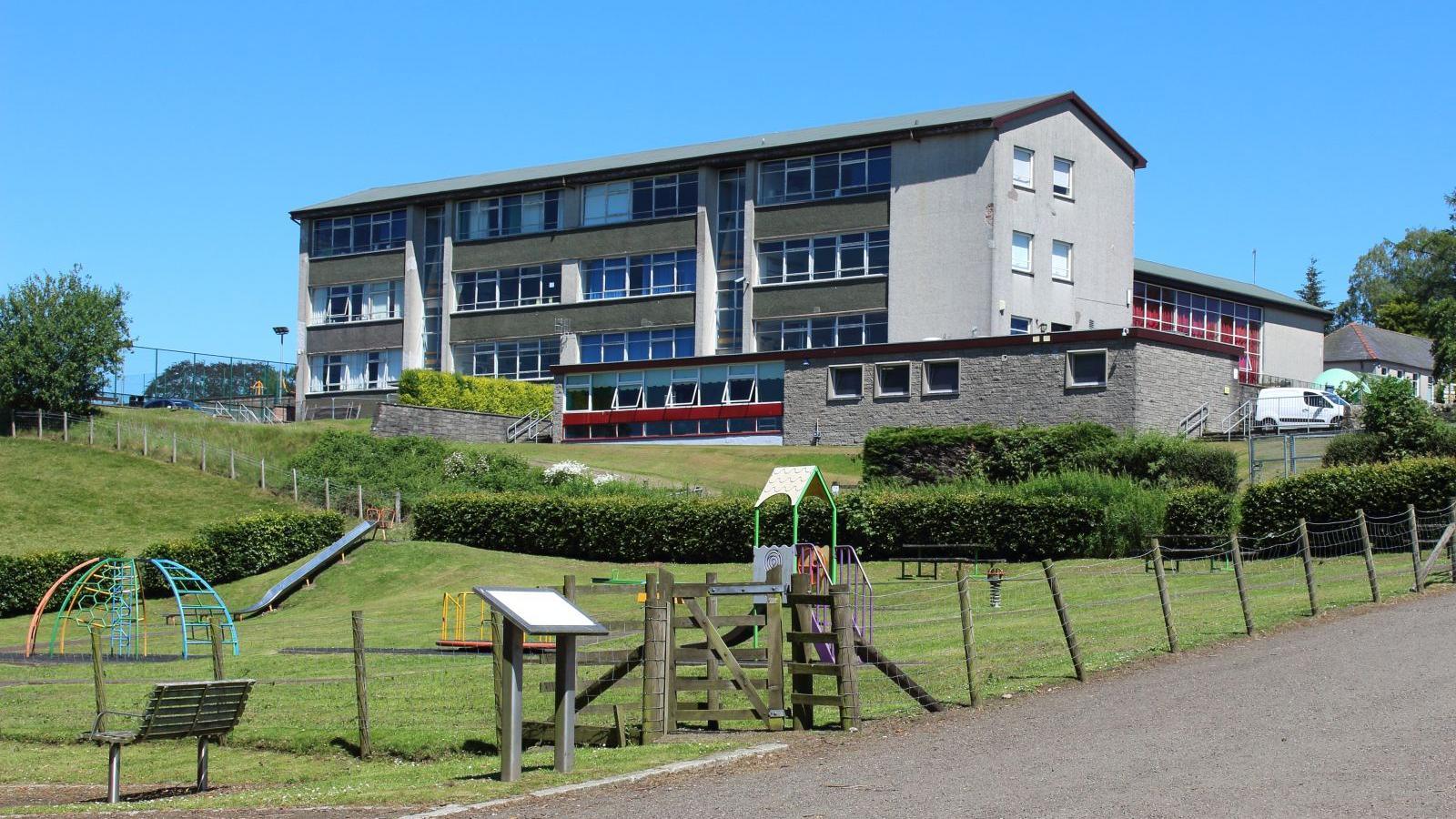
The school - which caters for S1 to S4 - has 13 pupils on the most recent figures
- Published
Last year, parents celebrated a decision not to mothball - or temporarily close - Scotland's smallest secondary school.
However, they knew at the time that the future of Dalry Secondary in Dumfries and Galloway remained an uncertain one.
Now the local authority is set to discuss the fate of the school - which had just 13 pupils at the last count - once more.
A paper will go to councillors in November looking at measures which could ultimately pave the way for the process which could lead to outright closure.
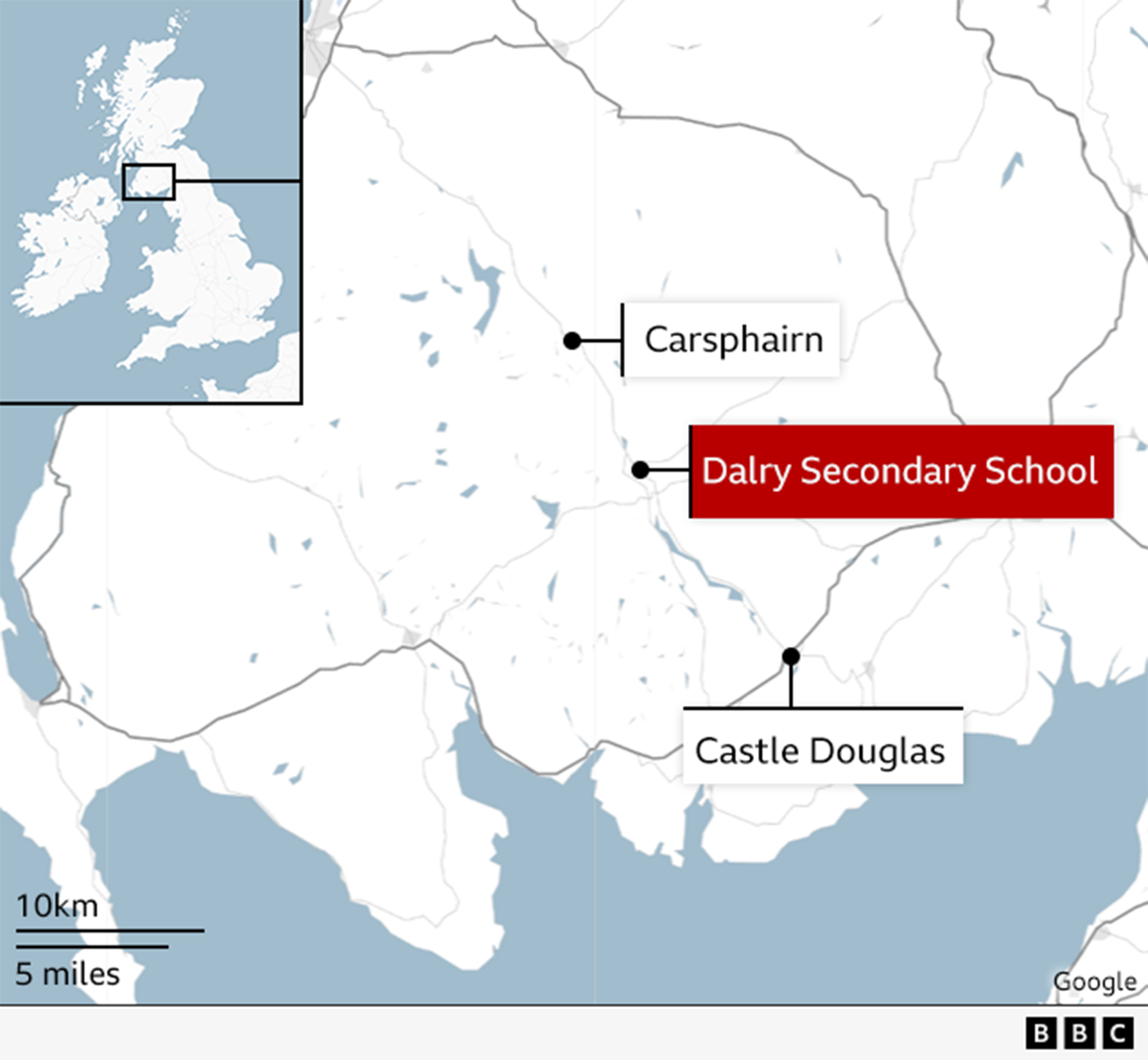
The school provides education for S1 to S4 before pupils transfer to Castle Douglas High School about 16 miles (25km) away if they wish to continue.
The catchment area stretches north to include the village of Carsphairn which is a further nine miles (15km) away.
The most recent figures show it is Scotland's smallest secondary in terms of school roll with the majority of the others in the top 10 in island locations.
A report last year showed the cost of running the site ran to nearly £50,000 per pupil.
However, parents have argued that "removing a vital service from our already tenuous rural communities" should not be the solution.
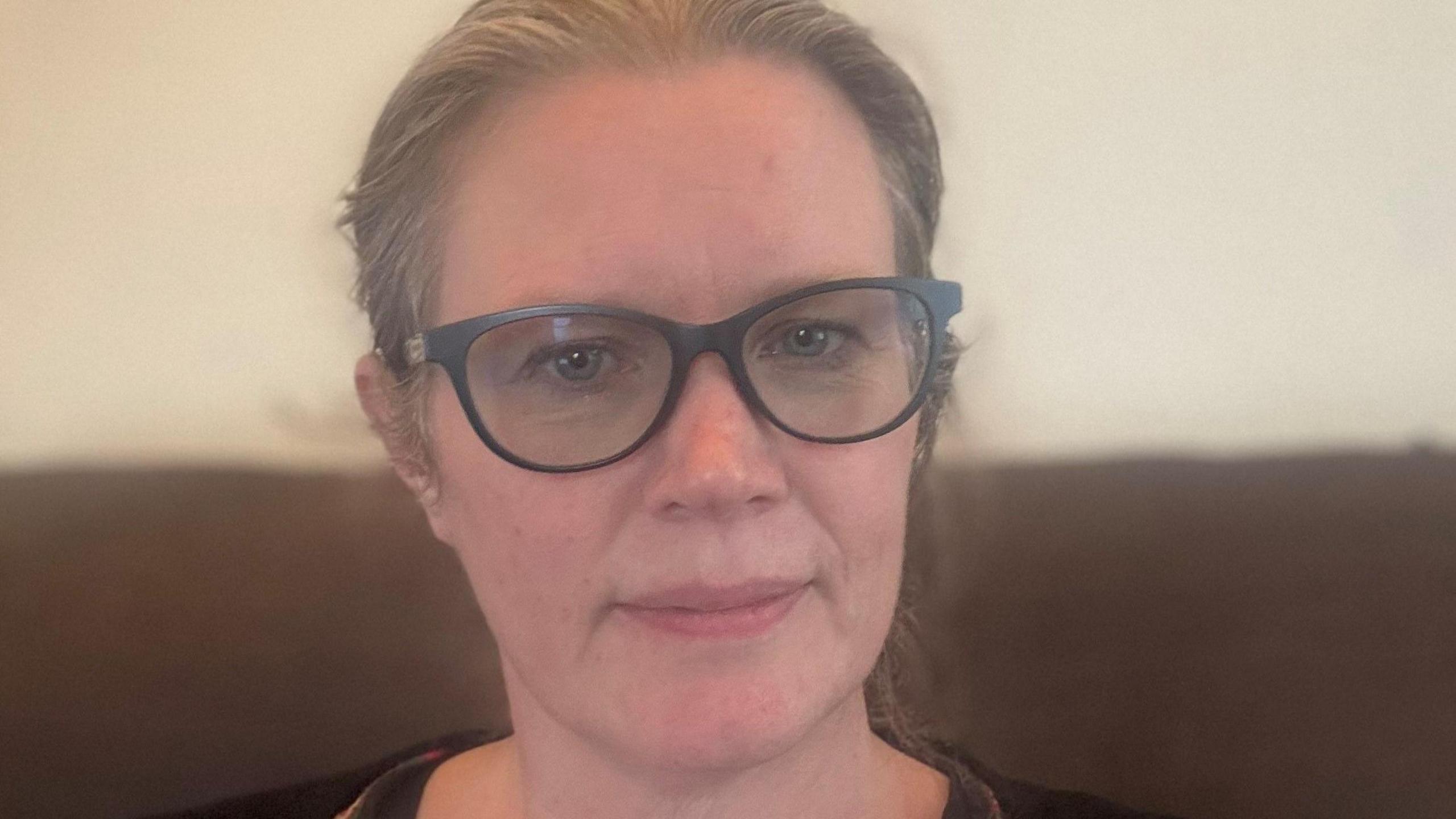
Anne McEwan said they wanted to ensure education remained "at the heart of the community" in Dalry
Anne McEwan chairs the parent council and said it was awaiting full details of what was being proposed before forming a view.
Nonetheless, she said there was a "feeling of unease" about the future, particularly around the handling of S3 education which she said was not being offered for "curricular reasons".
"We appreciate that changes are needed but we strongly feel that these changes should not mean that there should be a reduction in the offer," she said.
"The Glenkens is not the only rural area in Scotland which will face this dilemma in the years to come as rural depopulation remains a growing concern.
"We would like to see changes in rural education fully explored ensuring that education remains at the heart of the community so that the whole community can continue to thrive and we are open to exploring new and bold ideas."
She added that although costs were high per pupil, they were actually the lowest overall for any secondary in the region.
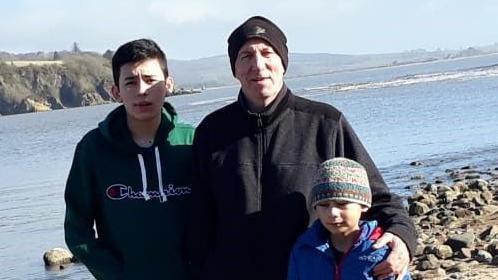
Jan Burrows moved to the area in 2018 and said one of the attractions was the local secondary
Jan Burrows moved to Dalry with his family in 2018 and said that, with three children of school age at the time, it was important that there was a local primary and secondary.
"One of the big attractions of the secondary school was the small class size - around 10 students in my oldest child's class," he said.
Two of his children have now completed their education at Dalry but his youngest has just entered S1.
He, too, said rural education was about more than economics.
"It may not be financially sustainable but one must also look at the impact of not having a secondary school in the Glenkens," he said.
"People will not move here and and this will have an impact on rural depopulation - some with families may actually leave and it could contribute to economic decline in the area.
"So you can't just look at the school, you must look at the financial impact of not having a school in the Glenkens as a whole.
"The school also creates local employment, these jobs would be lost."
Get in touch
What do you think should happen to Scotland's small rural schools?
Another parent with a child in the catchment area - who asked not to be named - said he felt the situation had been handled "terribly".
"My view is that over the past decade the school really has struggled due to a lack of investment in the improvement of any provision," he said.
"They have basically let it become, brick by brick, decreased in value.
"There are over 60 children in the catchment area who could be using that school."
He said he was "not particularly hopeful" for the future but preferred to fight a closure process than face mothballing.
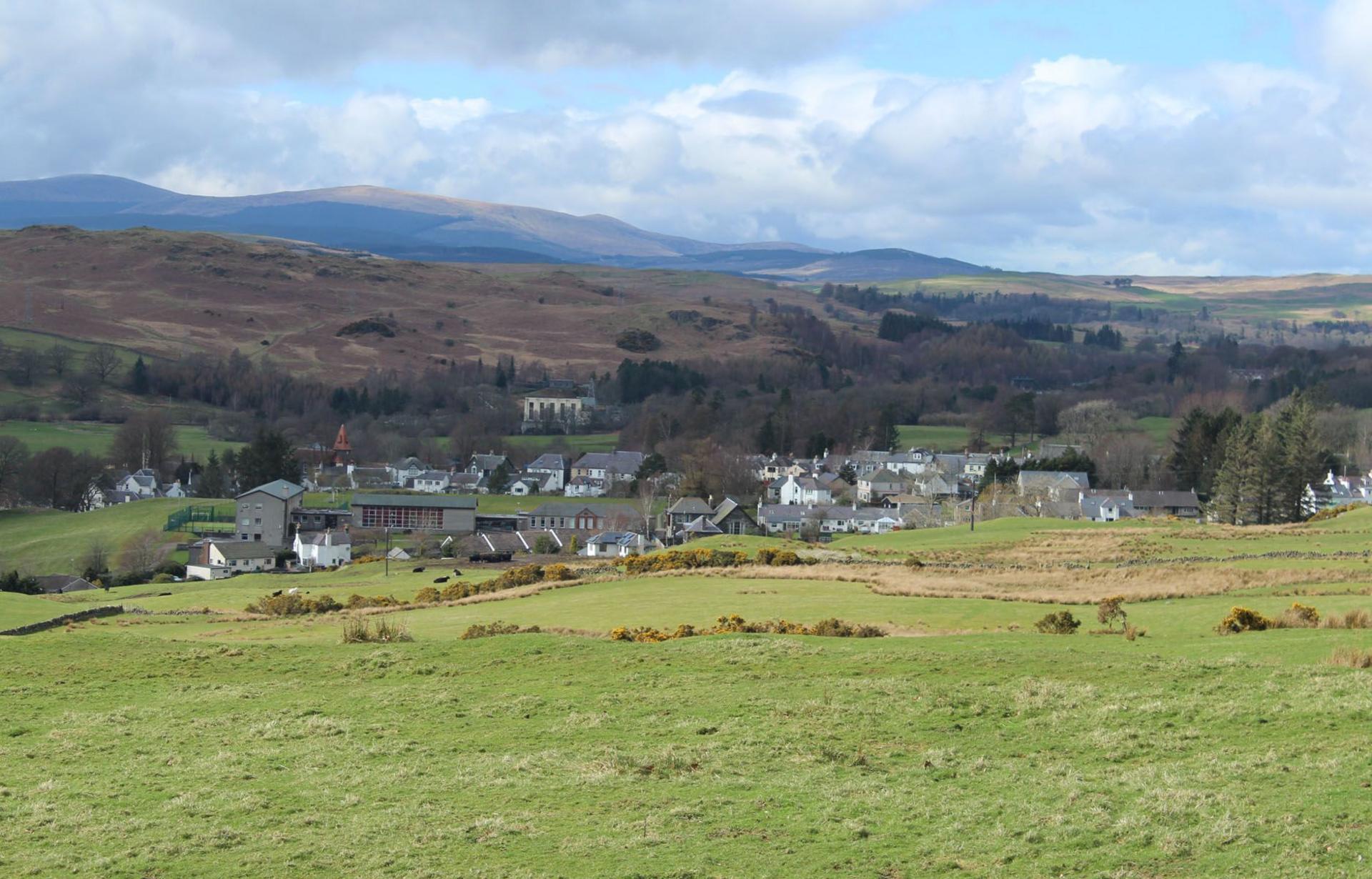
The school serves Dalry and the wider rural Glenkens area
Dumfries and Galloway Council confirmed a report on the school would go to committee on 11 November.
It said since it was classified as a remote rural school, there was a statutory presumption against closure under Section 12A of the Schools (Consultation) (Scotland) Act 2010.
It said officers would be seeking permission to start work to satisfy the preliminary requirements of the act in order to "establish the most appropriate next steps for the school".
Depending on the outcome of the committee, it said it planned a series of drop-in sessions early next year where there would be an "open discussion about the future of the school, including exploring alternatives to closure".
It added that all feedback would be used to help inform its decision making.
A Scottish government spokesman said local authorities had a statutory responsibility to ensure there was "adequate and efficient school provision in their area".
He added that decisions on the school estate were for the councils to take.
"Councils must consult extensively on any rural school closures with the local community and must clearly demonstrate that they have considered alternatives to closure," he said.
"Ministers can refer any proposals to an independent panel if they believe consultation has not been carried out properly.
"We have provided DGC with £150,000 over the past two years to address issues of depopulation in the local area."
Related topics
- Published23 May 2024
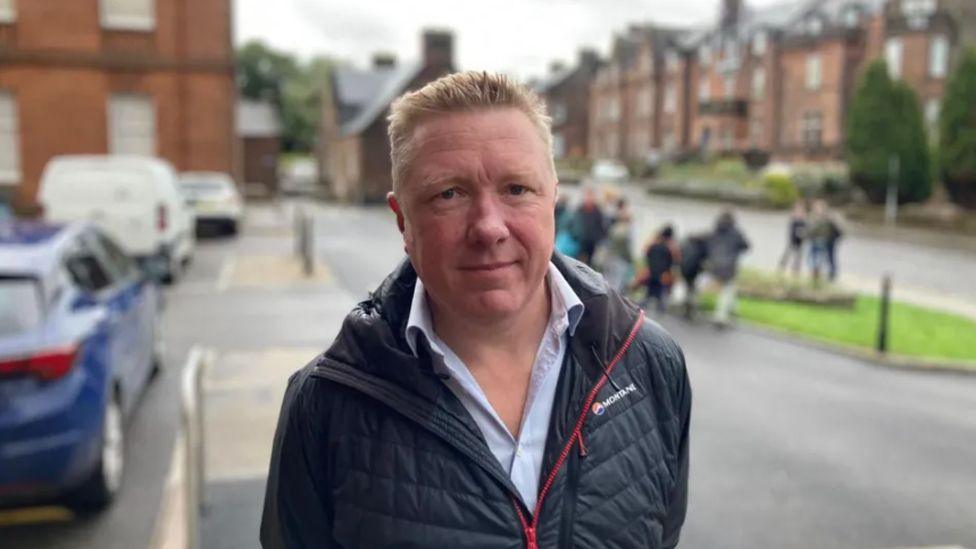
- Published29 March 2024
